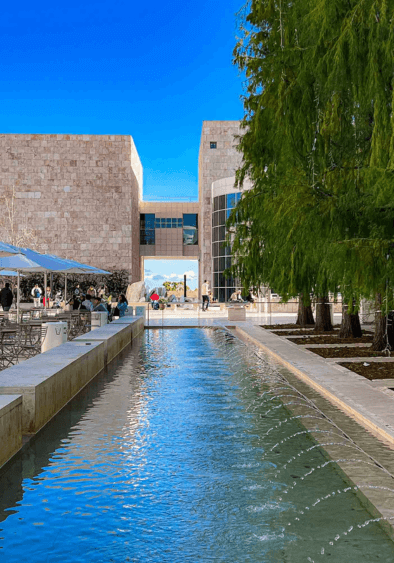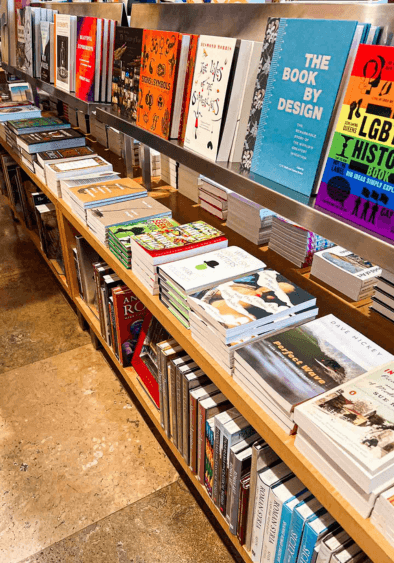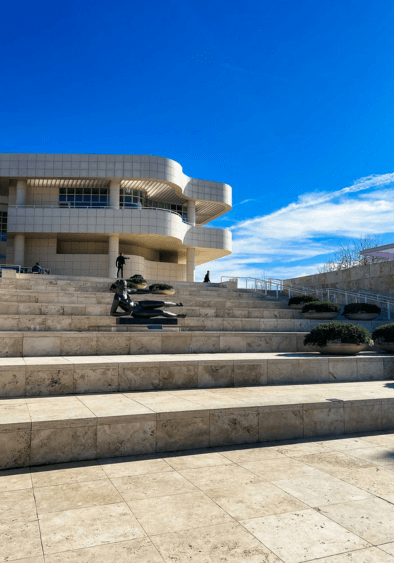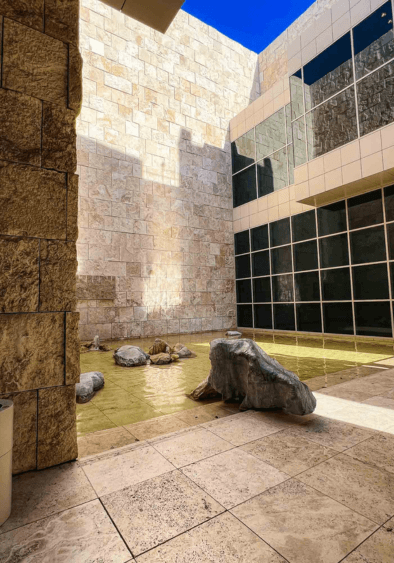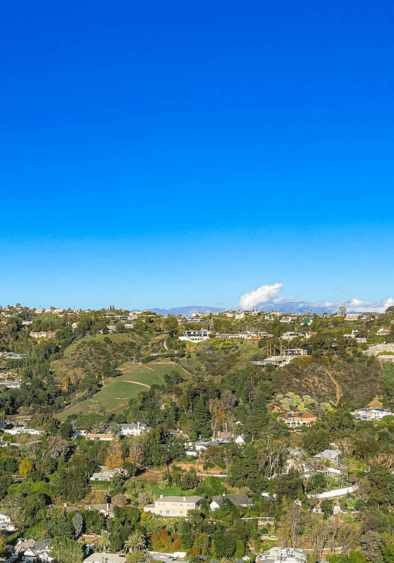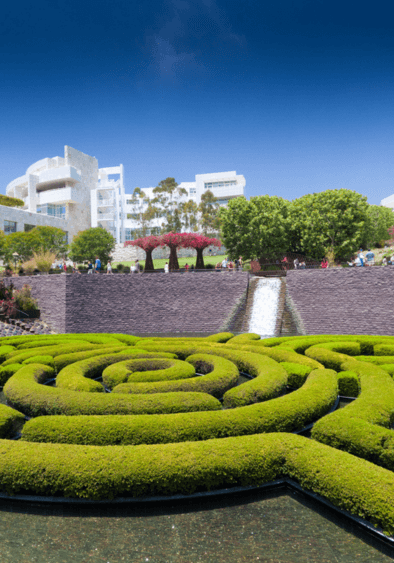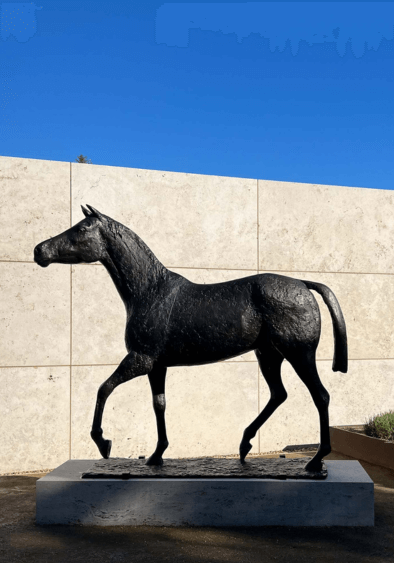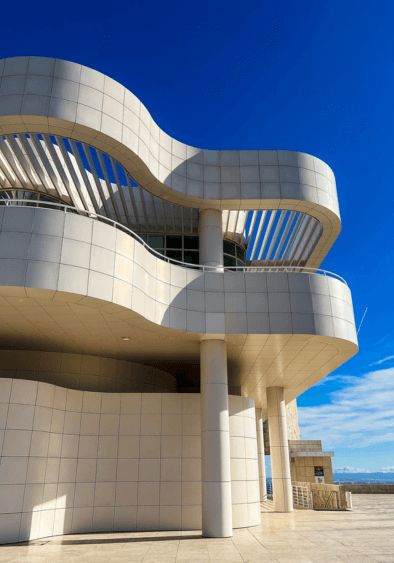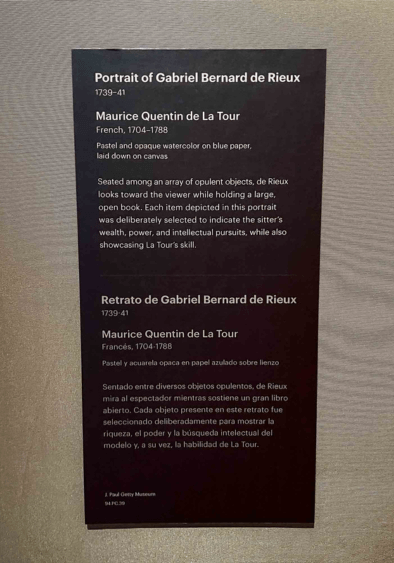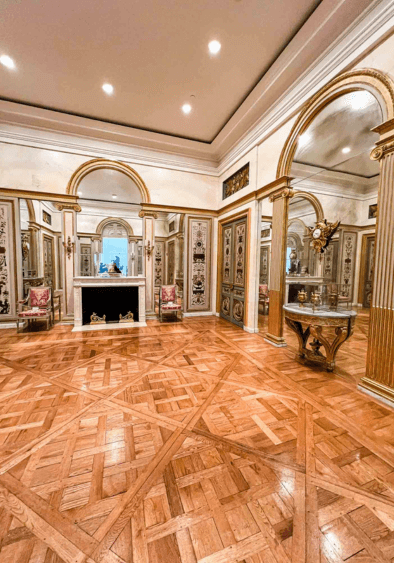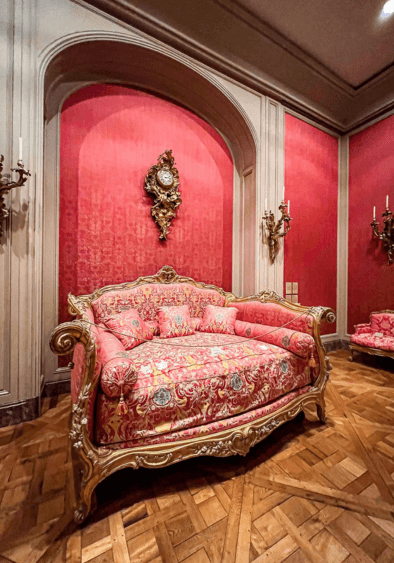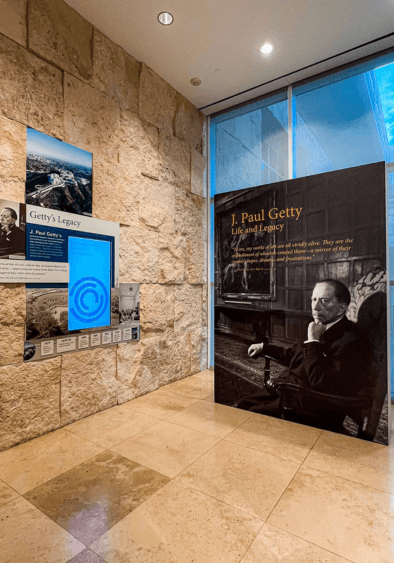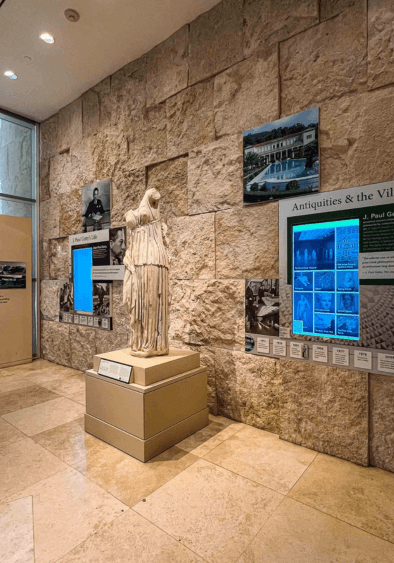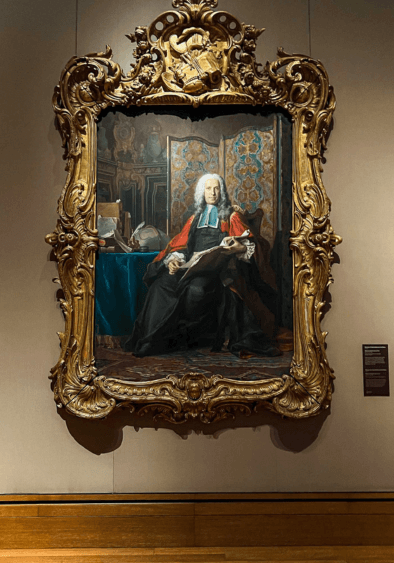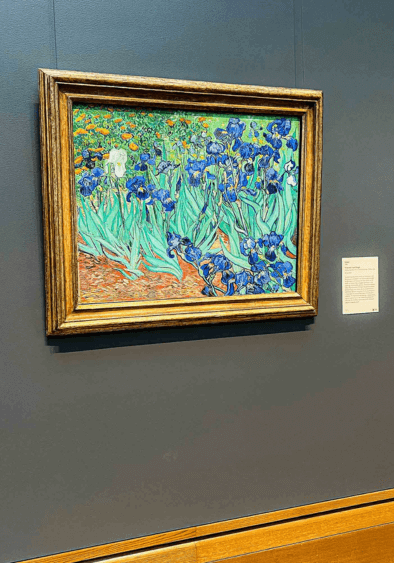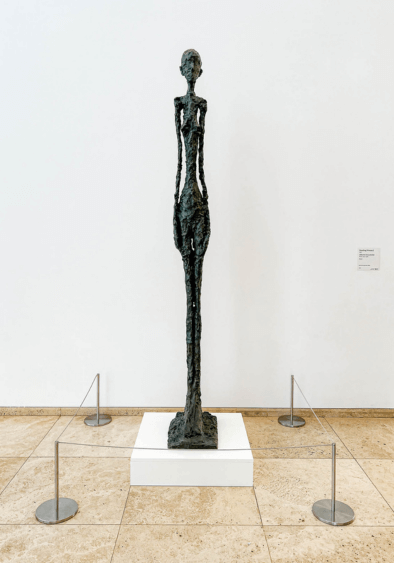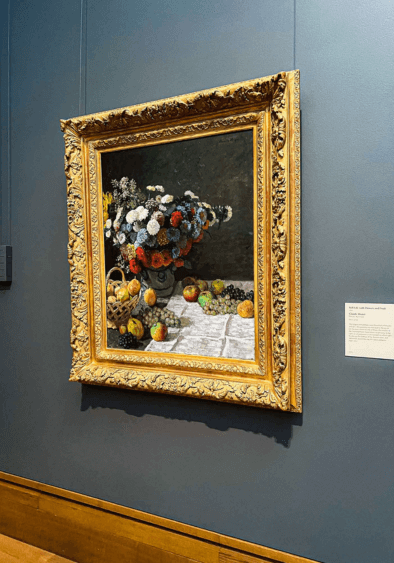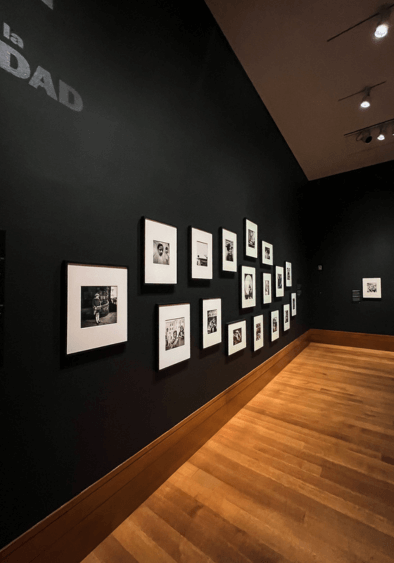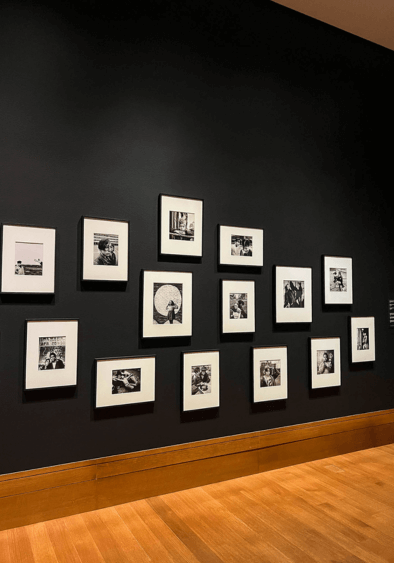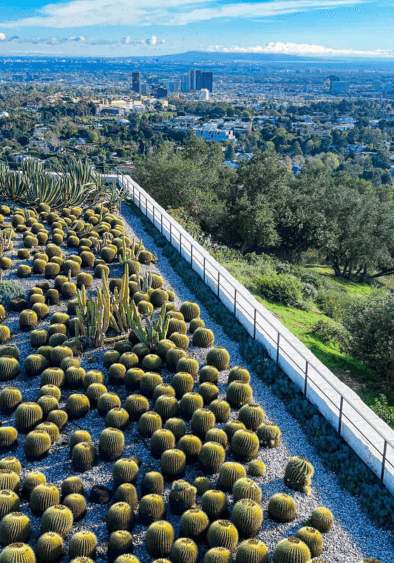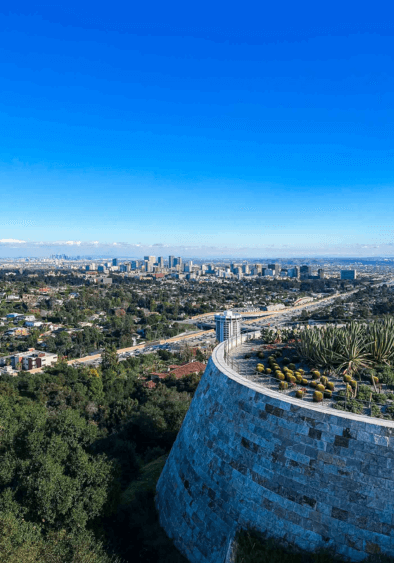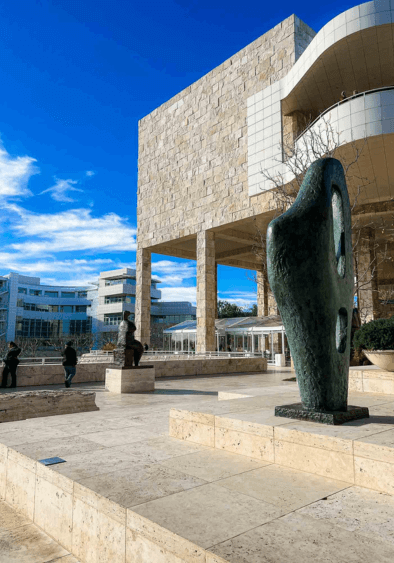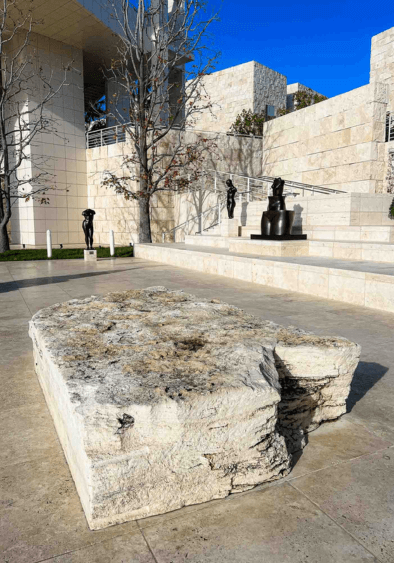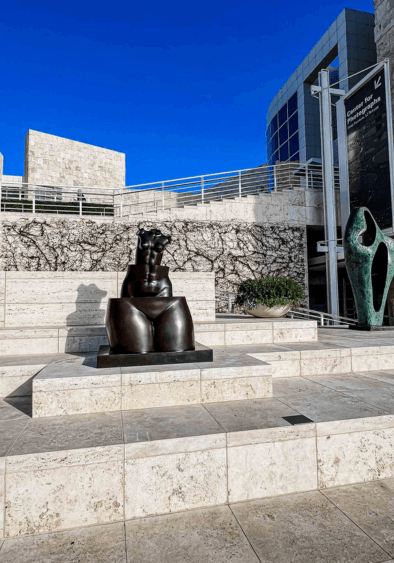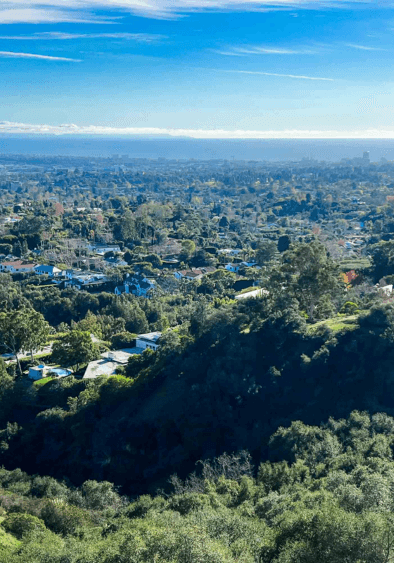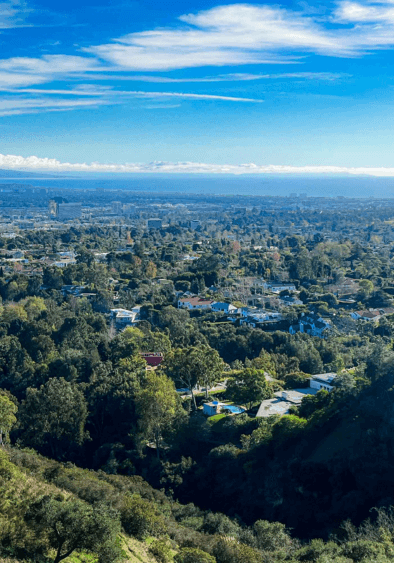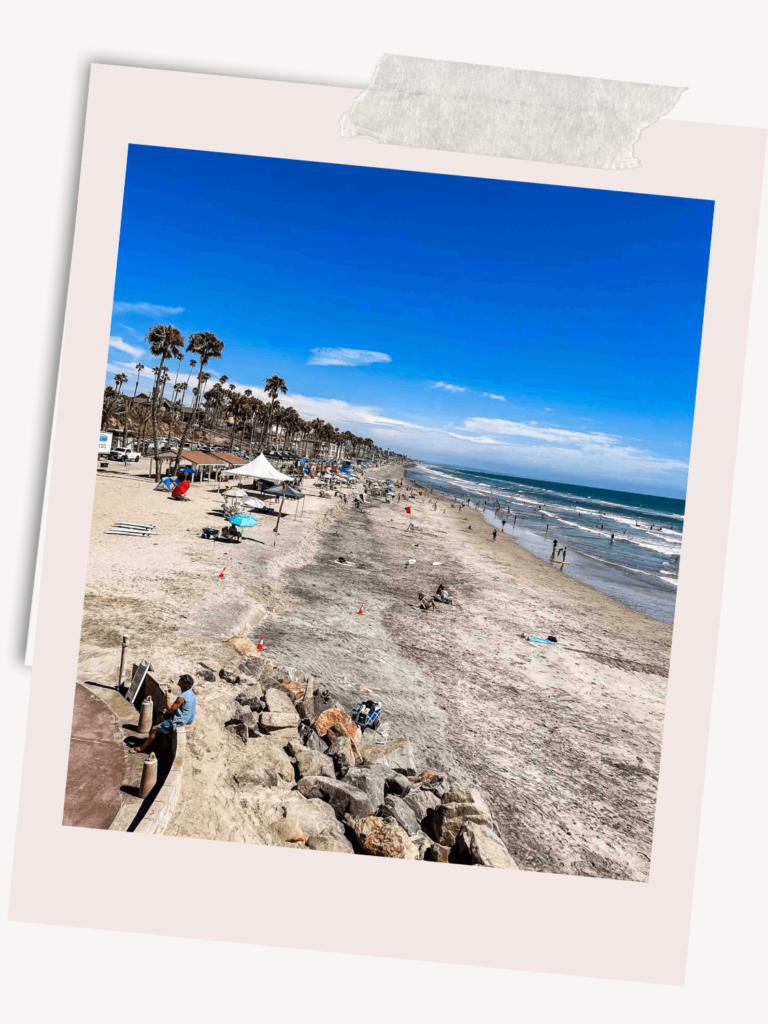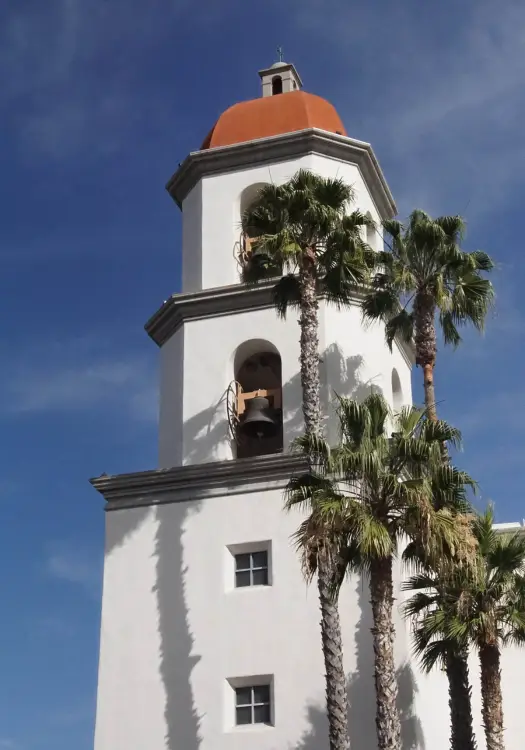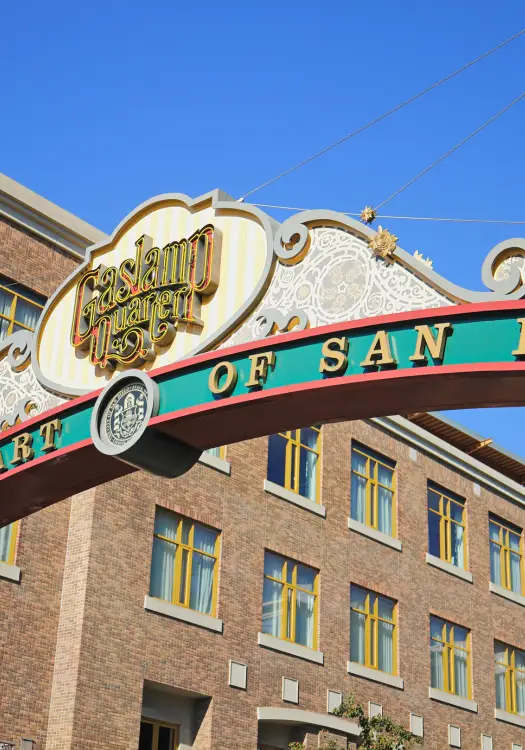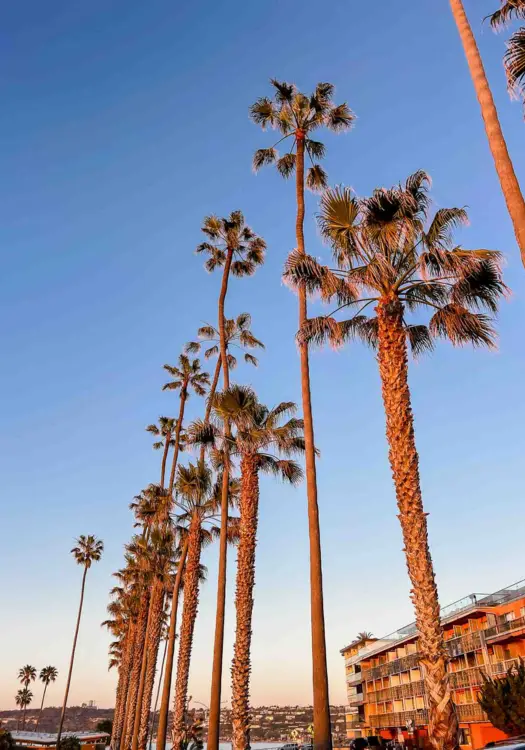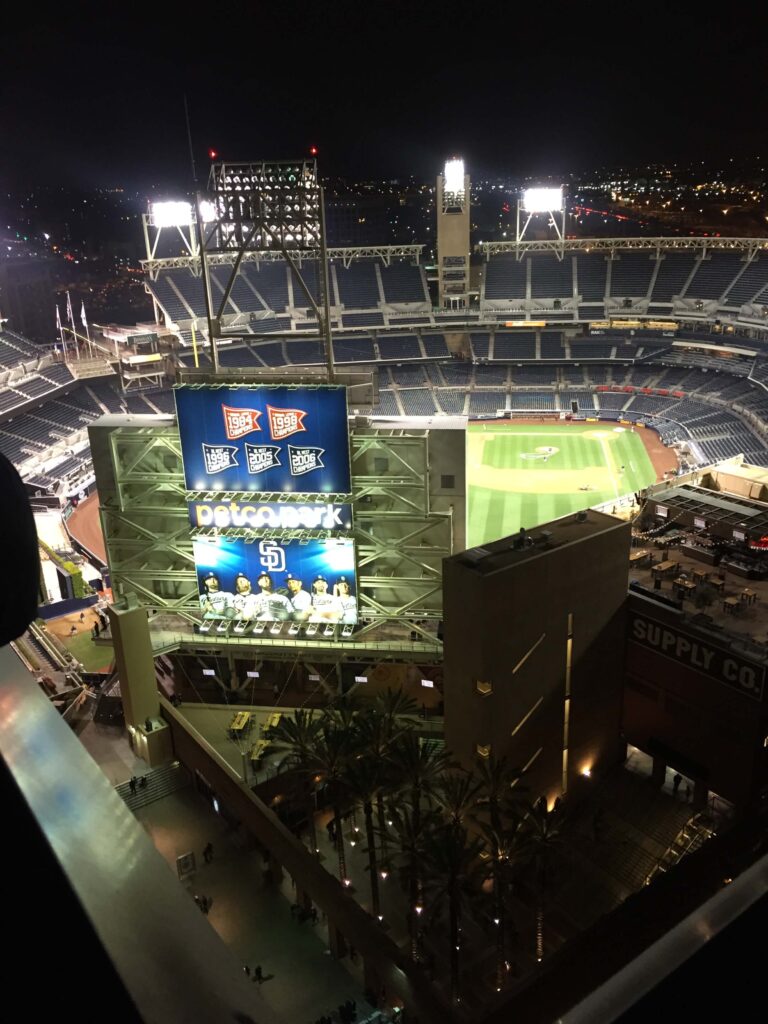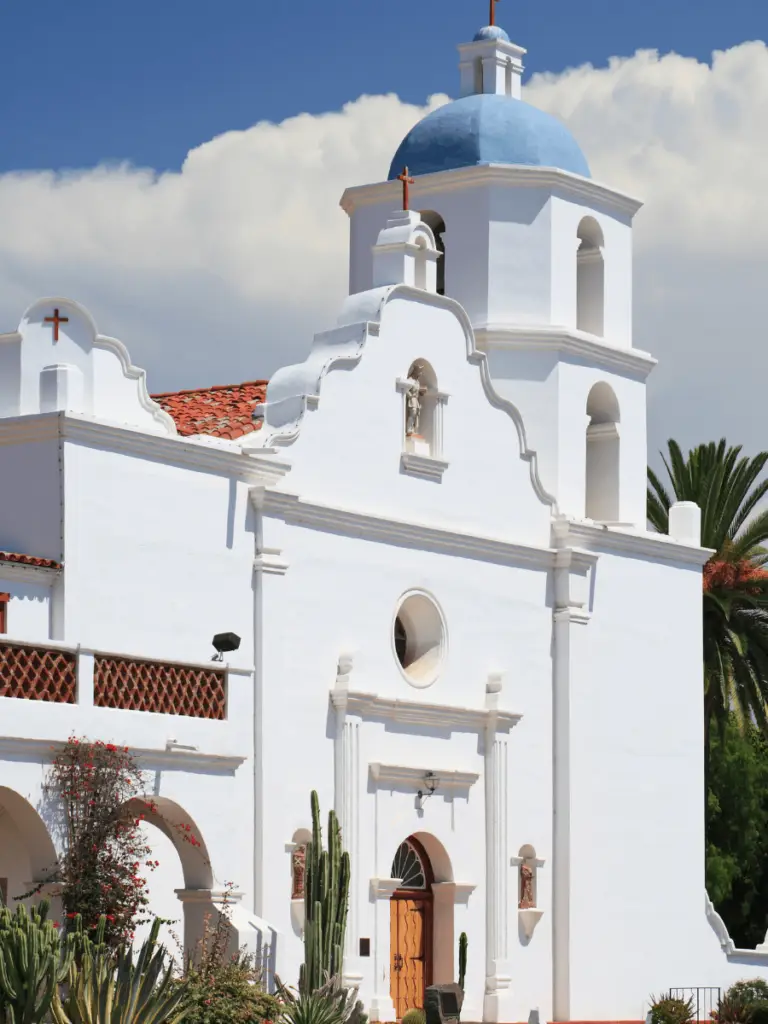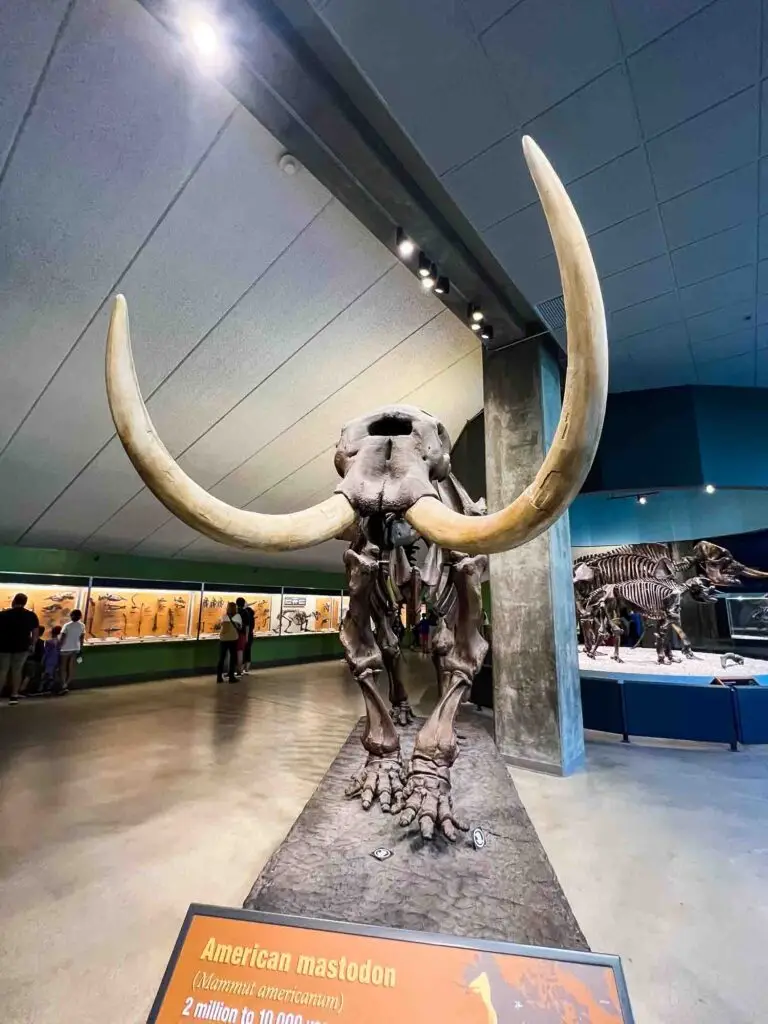
Travel Oceanside
Travel Oceanside and discover its charm with our ultimate guide. Explore beautiful beaches, a vibrant harbor, and a laid-back coastal vibe. Enjoy surfing, downtown adventures, and easy access to nearby gems like La Jolla, Dana Point, and San Diego.

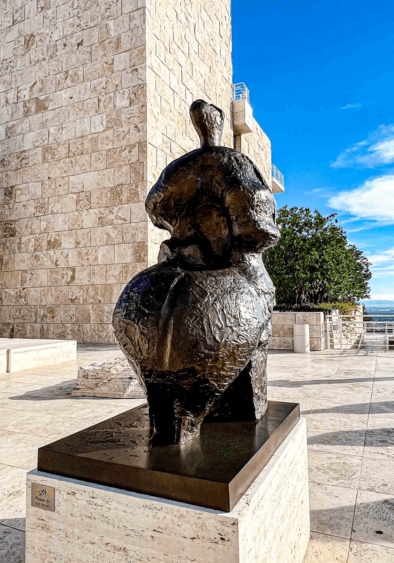
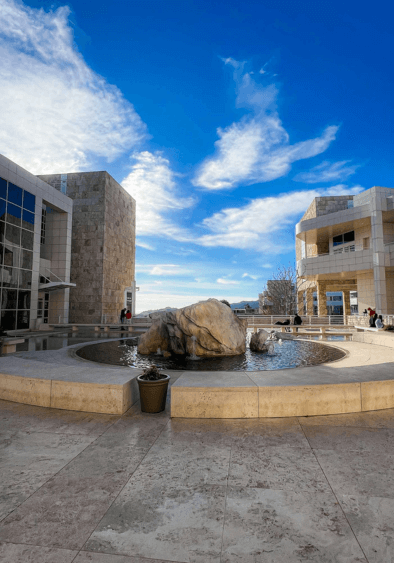
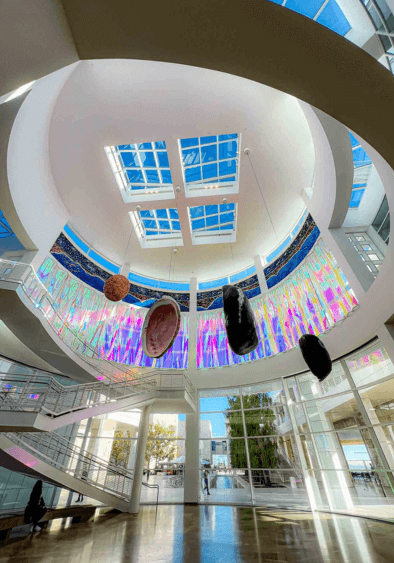


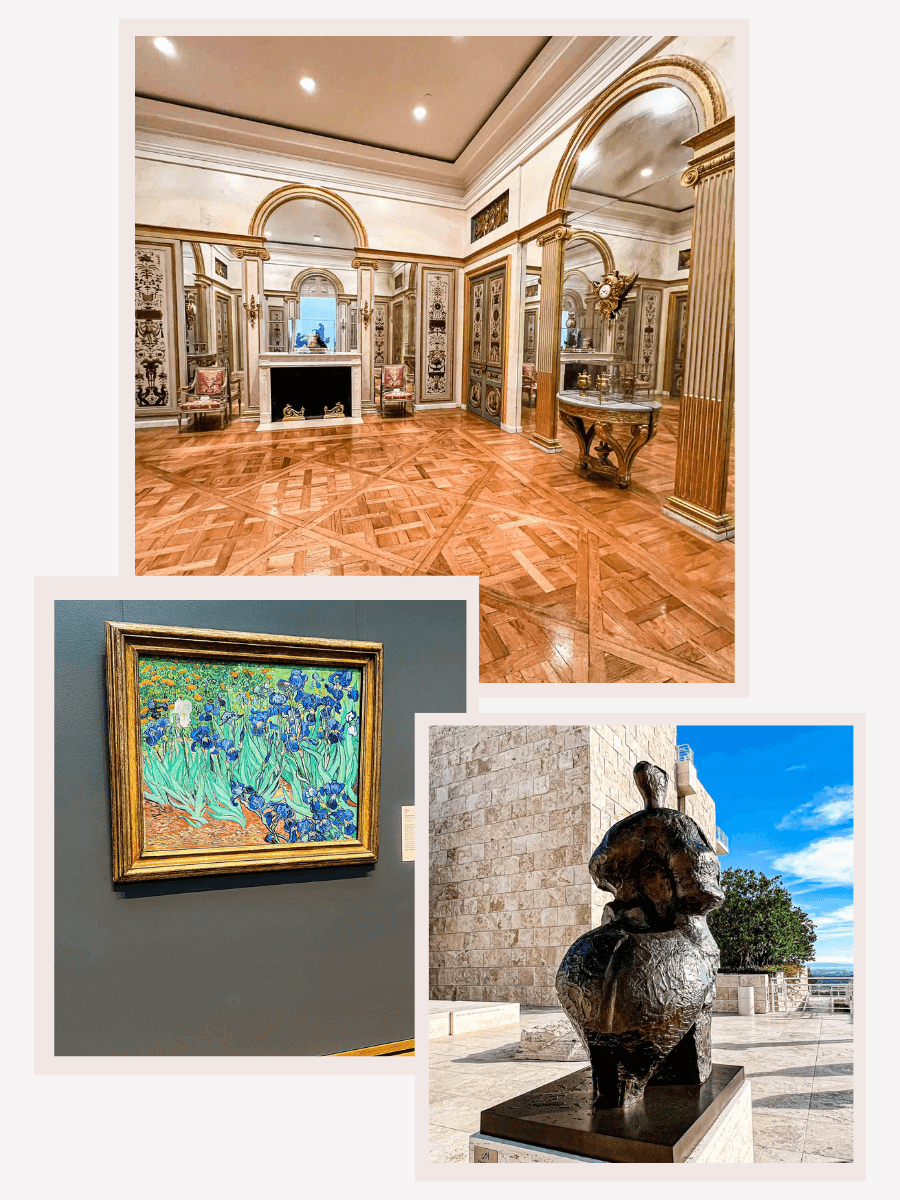 Visit the Getty Center for an unforgettable cultural experience in the heart of California. Perched on a hilltop in
Visit the Getty Center for an unforgettable cultural experience in the heart of California. Perched on a hilltop in  The Getty Center is the larger and more well-known of the two J. Paul Getty Museum locations in Los Angeles, the other being the Getty Villa in Pacific Palisades. The museum’s history dates back to the 1950s when oil magnate Jean Paul Getty opened an art museum at his ranch in Malibu. As the collection grew, it became clear that a larger space was needed, leading to the establishment of the J. Paul Getty Trust in 1953. This trust, endowed by Getty’s estate, became one of the world’s wealthiest art institutions. The Getty Center, designed by architect Richard Meier, took 13 years and around $1.3 billion to build, finally opening its doors to the public in 1997. The center’s location atop a hill offers sweeping views of Los Angeles and the Pacific Ocean, making it a cultural and architectural landmark in the city.
The Getty Center is the larger and more well-known of the two J. Paul Getty Museum locations in Los Angeles, the other being the Getty Villa in Pacific Palisades. The museum’s history dates back to the 1950s when oil magnate Jean Paul Getty opened an art museum at his ranch in Malibu. As the collection grew, it became clear that a larger space was needed, leading to the establishment of the J. Paul Getty Trust in 1953. This trust, endowed by Getty’s estate, became one of the world’s wealthiest art institutions. The Getty Center, designed by architect Richard Meier, took 13 years and around $1.3 billion to build, finally opening its doors to the public in 1997. The center’s location atop a hill offers sweeping views of Los Angeles and the Pacific Ocean, making it a cultural and architectural landmark in the city.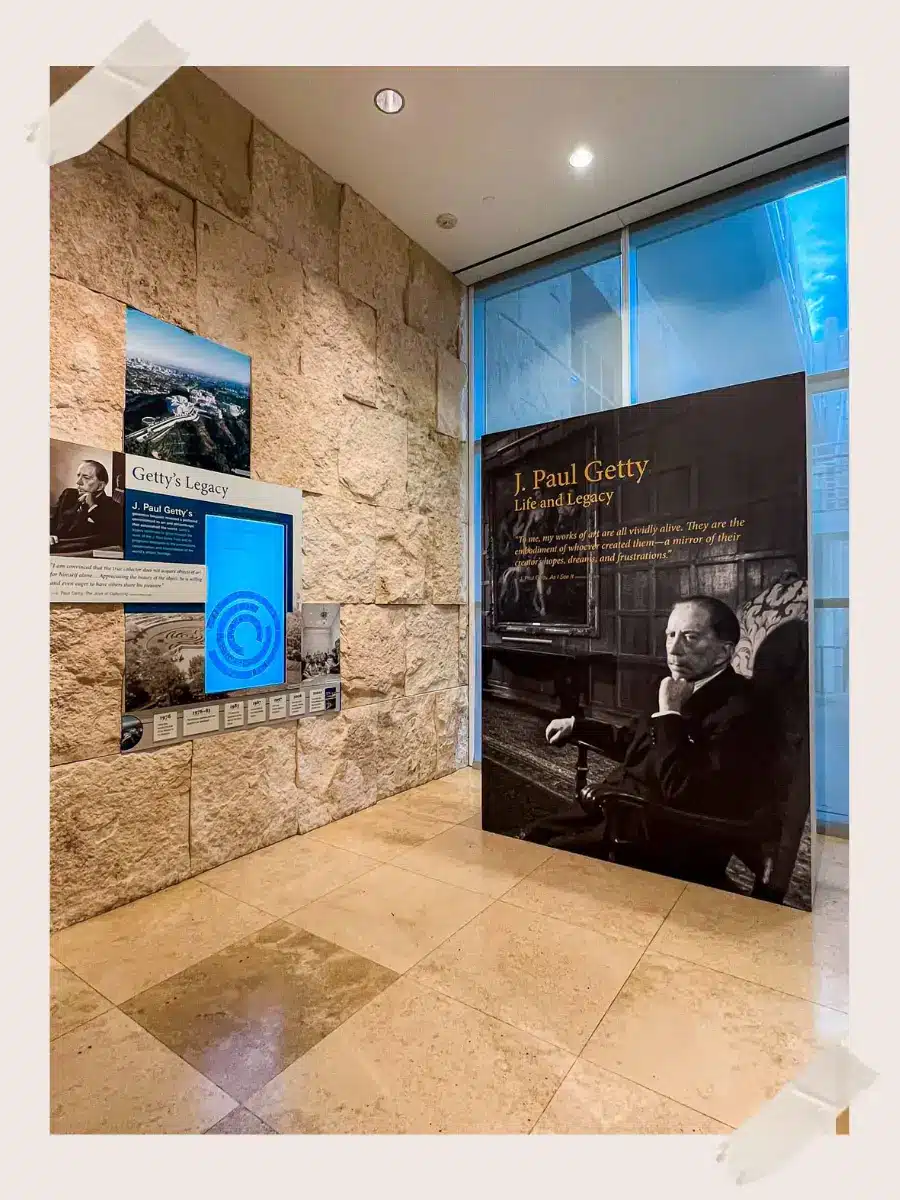 In addition to his legacy in the art world, J. Paul Getty’s name is often associated with the infamous kidnapping of his grandson, John Paul Getty III, in 1973. The 16-year-old was abducted in Rome, and his captors demanded a $17 million ransom. Initially, Getty Sr., known for his frugality despite his immense wealth, refused to pay. It wasn’t until the kidnappers sent a severed ear of the young Getty to a newspaper that the patriarch agreed to contribute to the ransom, but only up to the amount that was tax-deductible. The rest was loaned to his son at 4% interest. The traumatic event ended with John Paul Getty III’s release after five months in captivity. This episode, a dark and dramatic chapter in the Getty family’s history, has been depicted in various films and books, further embedding it into the public’s consciousness. The Getty Center Museum does a great job of presenting his legacy and includes J. Paul Getty’s private papers dating back to 1909.
In addition to his legacy in the art world, J. Paul Getty’s name is often associated with the infamous kidnapping of his grandson, John Paul Getty III, in 1973. The 16-year-old was abducted in Rome, and his captors demanded a $17 million ransom. Initially, Getty Sr., known for his frugality despite his immense wealth, refused to pay. It wasn’t until the kidnappers sent a severed ear of the young Getty to a newspaper that the patriarch agreed to contribute to the ransom, but only up to the amount that was tax-deductible. The rest was loaned to his son at 4% interest. The traumatic event ended with John Paul Getty III’s release after five months in captivity. This episode, a dark and dramatic chapter in the Getty family’s history, has been depicted in various films and books, further embedding it into the public’s consciousness. The Getty Center Museum does a great job of presenting his legacy and includes J. Paul Getty’s private papers dating back to 1909.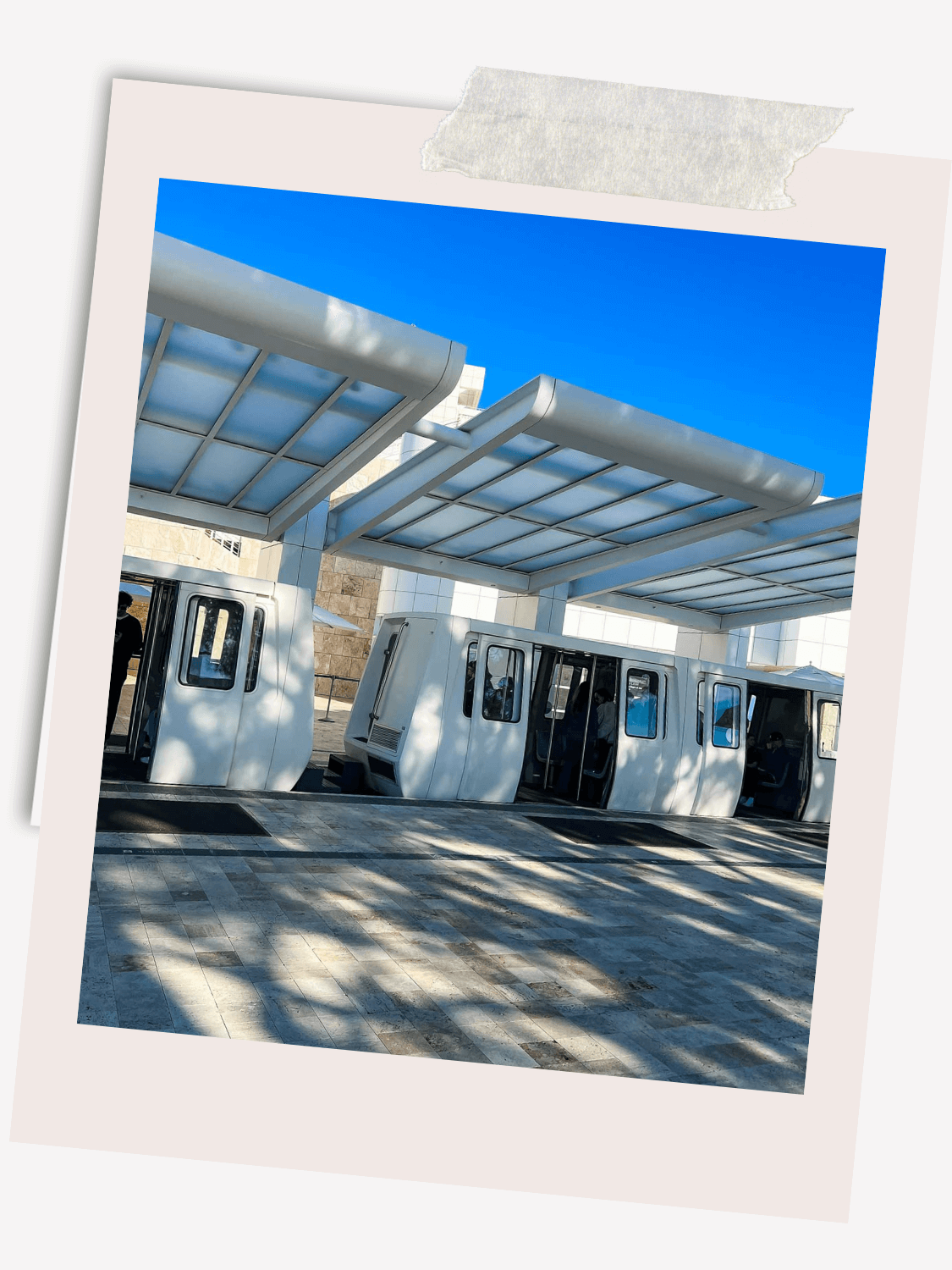 The adventure starts with a scenic tram ride from the parking structure to the museum. The tram glides up the hill, offering stunning views of Los Angeles and the surrounding landscape, setting the stage for a day of exploration.
The adventure starts with a scenic tram ride from the parking structure to the museum. The tram glides up the hill, offering stunning views of Los Angeles and the surrounding landscape, setting the stage for a day of exploration.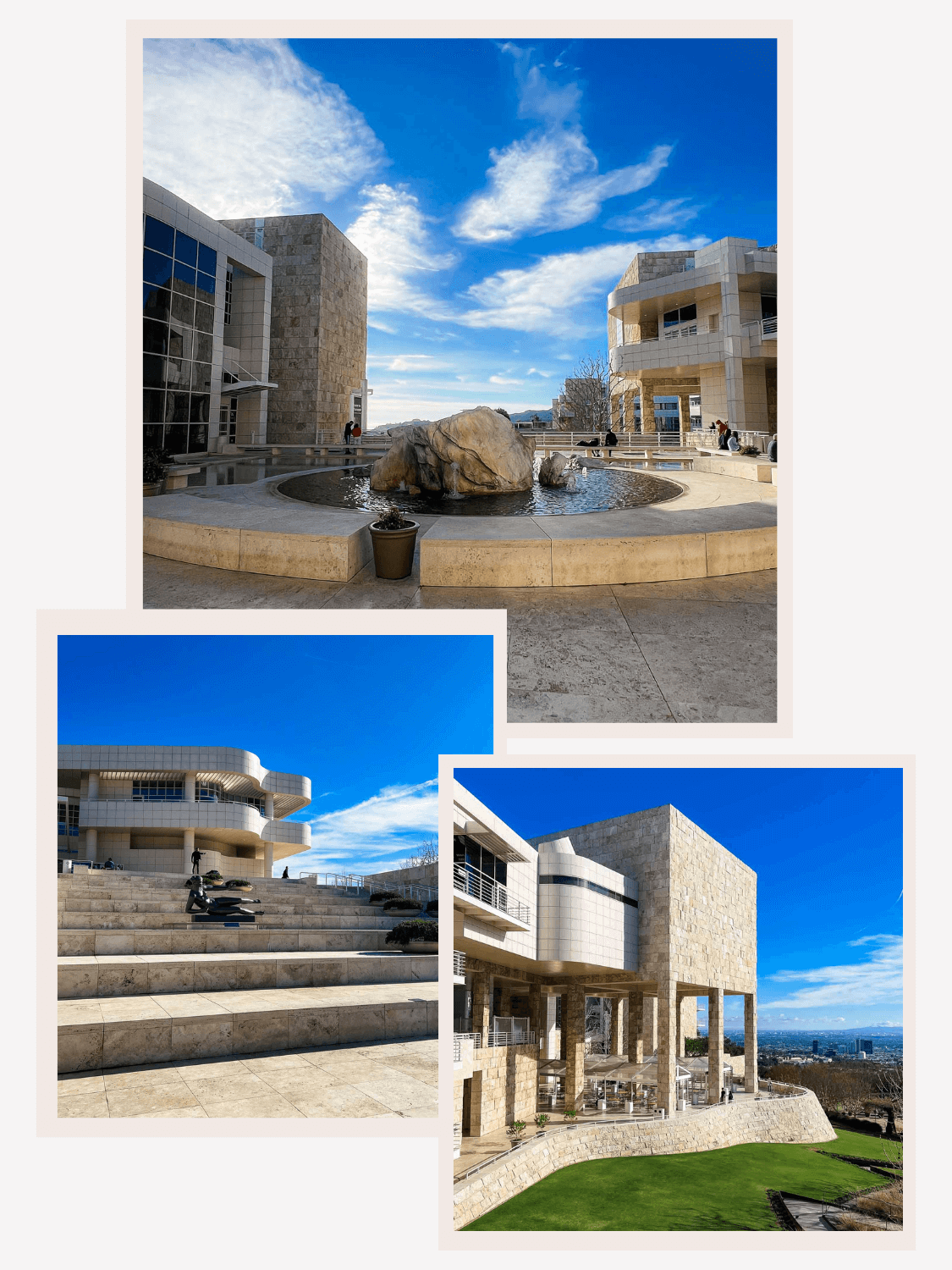 The Getty Center’s architecture is a marvel in itself. The buildings are clad in 1.2 million square feet of travertine, quarried in Bagni di Tivoli, Italy. This stone, totaling 290,000 blocks and weighing 16,000 tons, is used as pavement and wall material, giving the museum its distinctive look. The use of travertine connects the modern design of the Getty with the timeless beauty of classical architecture.
The Getty Center’s architecture is a marvel in itself. The buildings are clad in 1.2 million square feet of travertine, quarried in Bagni di Tivoli, Italy. This stone, totaling 290,000 blocks and weighing 16,000 tons, is used as pavement and wall material, giving the museum its distinctive look. The use of travertine connects the modern design of the Getty with the timeless beauty of classical architecture.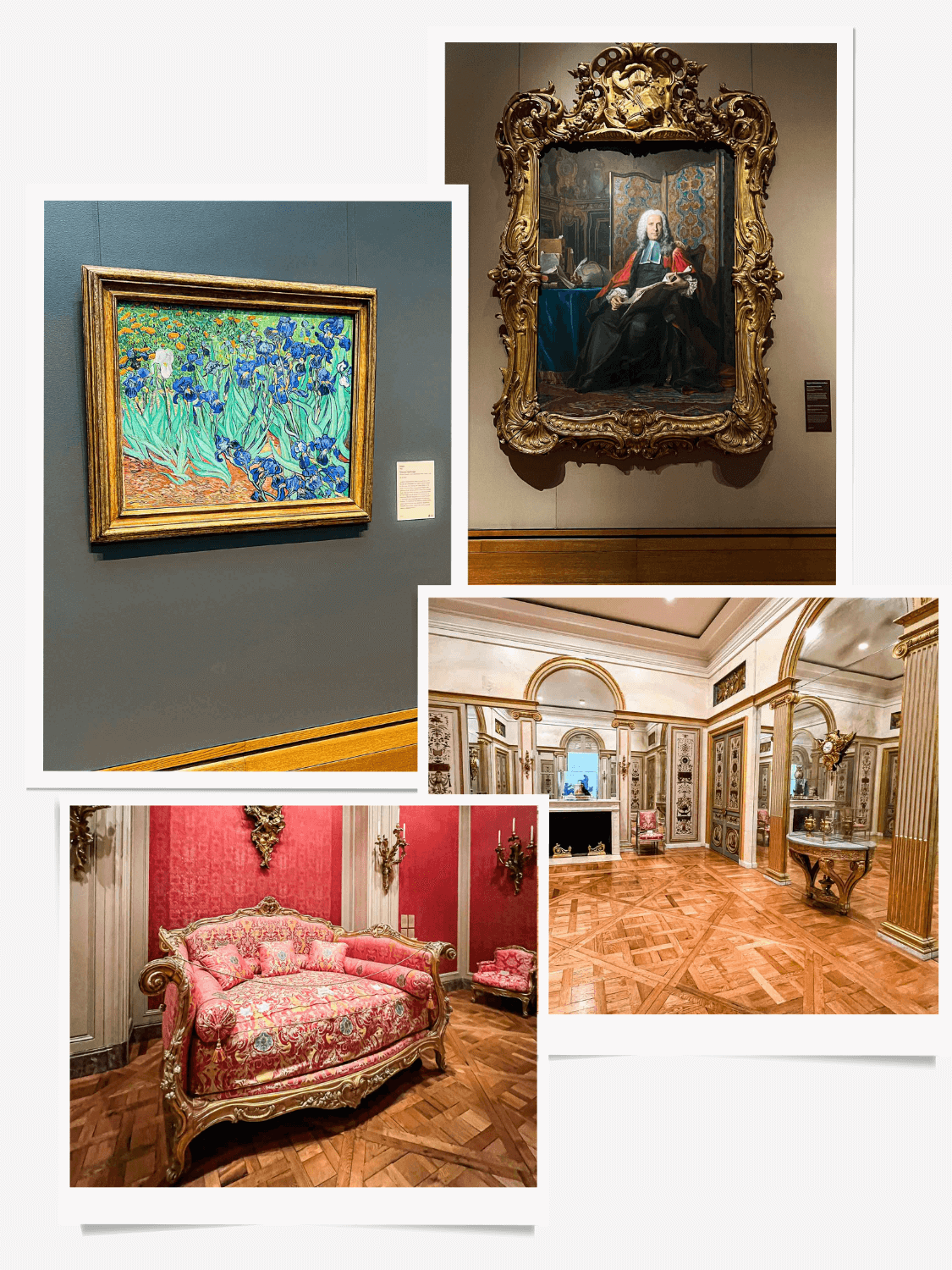 The Getty Center is home to an extensive collection of European paintings, sculptures, decorative arts, illuminated manuscripts, and photographs. The museum’s four main pavilions each offer a unique focus:
The Getty Center is home to an extensive collection of European paintings, sculptures, decorative arts, illuminated manuscripts, and photographs. The museum’s four main pavilions each offer a unique focus: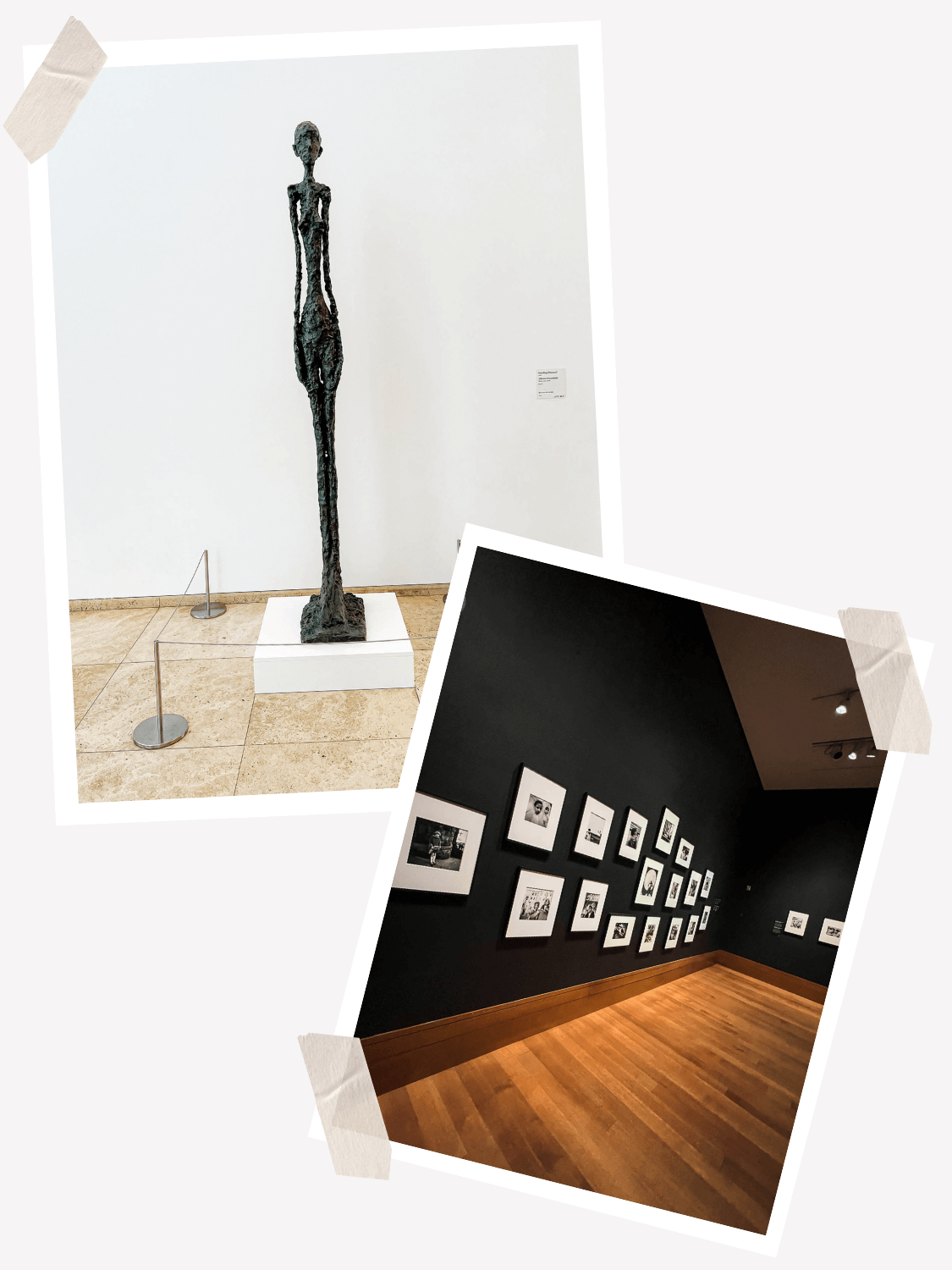 The Getty Center’s exhibitions are constantly changing, offering new and exciting experiences with each visit. From classical art to contemporary pieces, there’s always something intriguing on display. Be sure to check out the special exhibitions, which often feature rare and significant works from around the world.
The Getty Center’s exhibitions are constantly changing, offering new and exciting experiences with each visit. From classical art to contemporary pieces, there’s always something intriguing on display. Be sure to check out the special exhibitions, which often feature rare and significant works from around the world.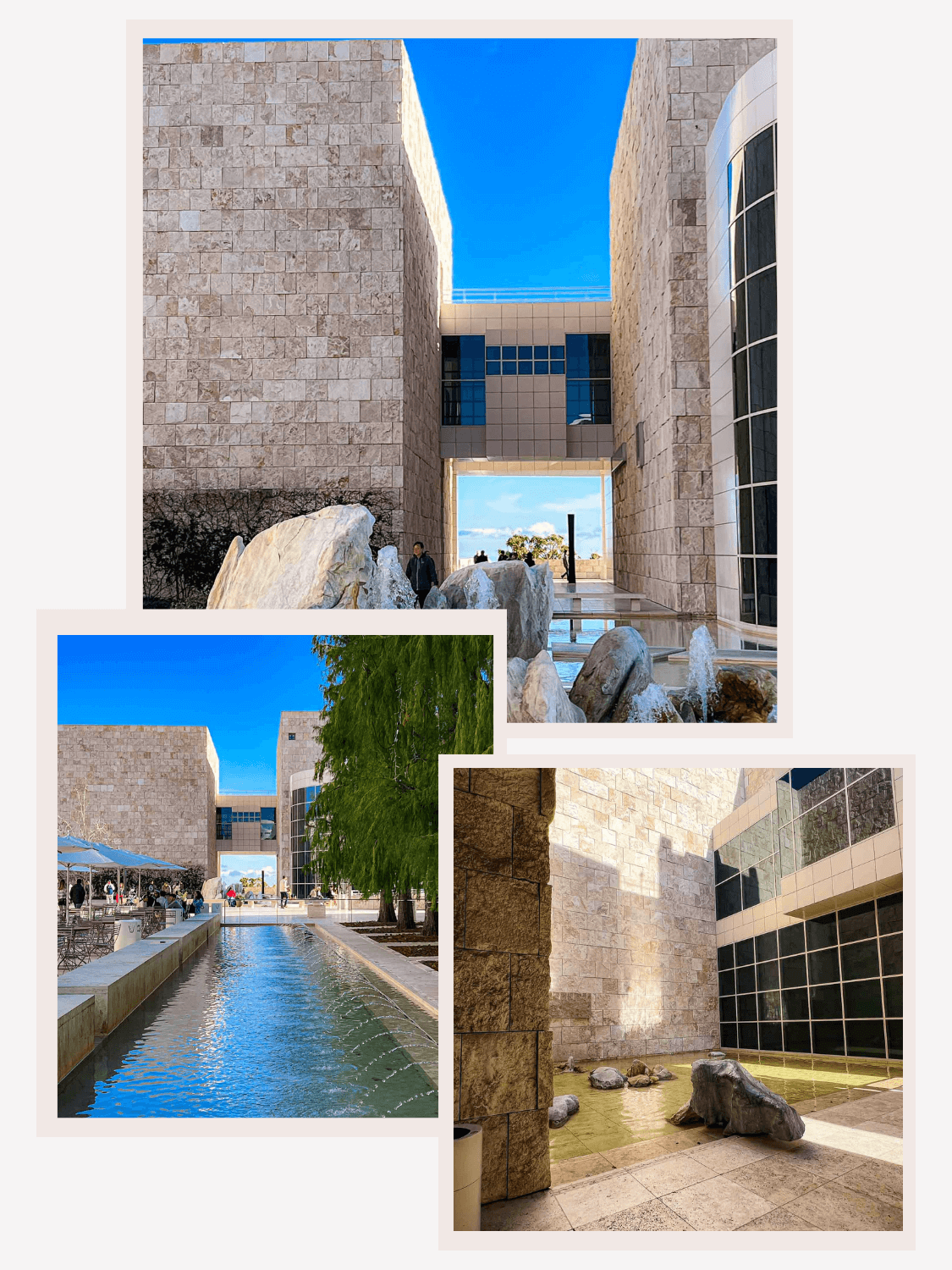 In between gallery visits, take a moment to relax in the museum courtyard. The central courtyard is a peaceful oasis with its fountains, shaded seating areas, and beautiful landscaping. It’s the perfect spot to take a break and soak in the serene atmosphere.
In between gallery visits, take a moment to relax in the museum courtyard. The central courtyard is a peaceful oasis with its fountains, shaded seating areas, and beautiful landscaping. It’s the perfect spot to take a break and soak in the serene atmosphere.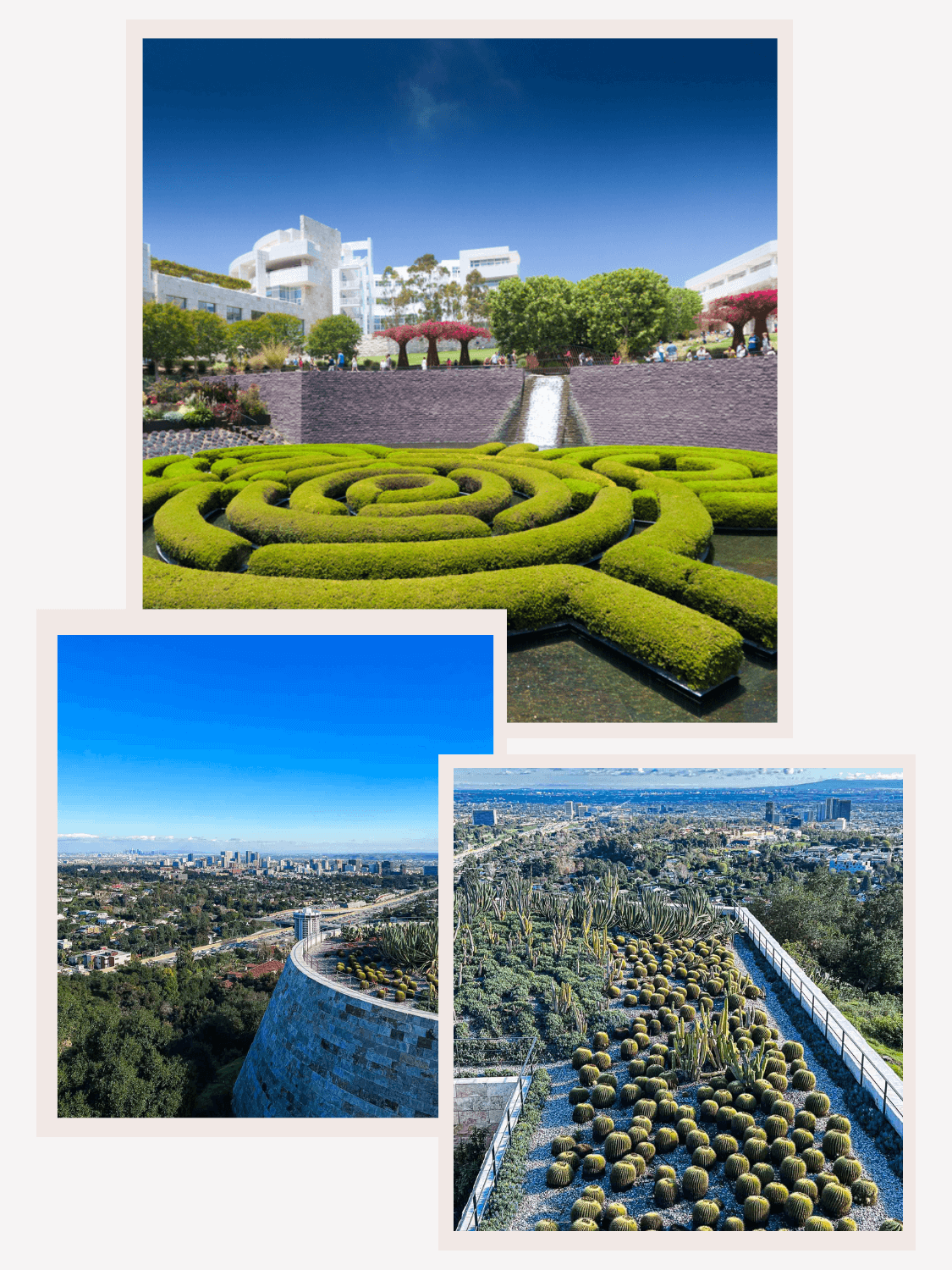 When visiting the Getty Center, be sure to take time to explore the museum’s expansive and beautifully maintained gardens. These outdoor spaces are not just a respite from the galleries but an integral part of the Getty experience. With meticulously curated landscapes and eye-catching sculptures, the gardens offer a peaceful and engaging environment for all visitors.
When visiting the Getty Center, be sure to take time to explore the museum’s expansive and beautifully maintained gardens. These outdoor spaces are not just a respite from the galleries but an integral part of the Getty experience. With meticulously curated landscapes and eye-catching sculptures, the gardens offer a peaceful and engaging environment for all visitors.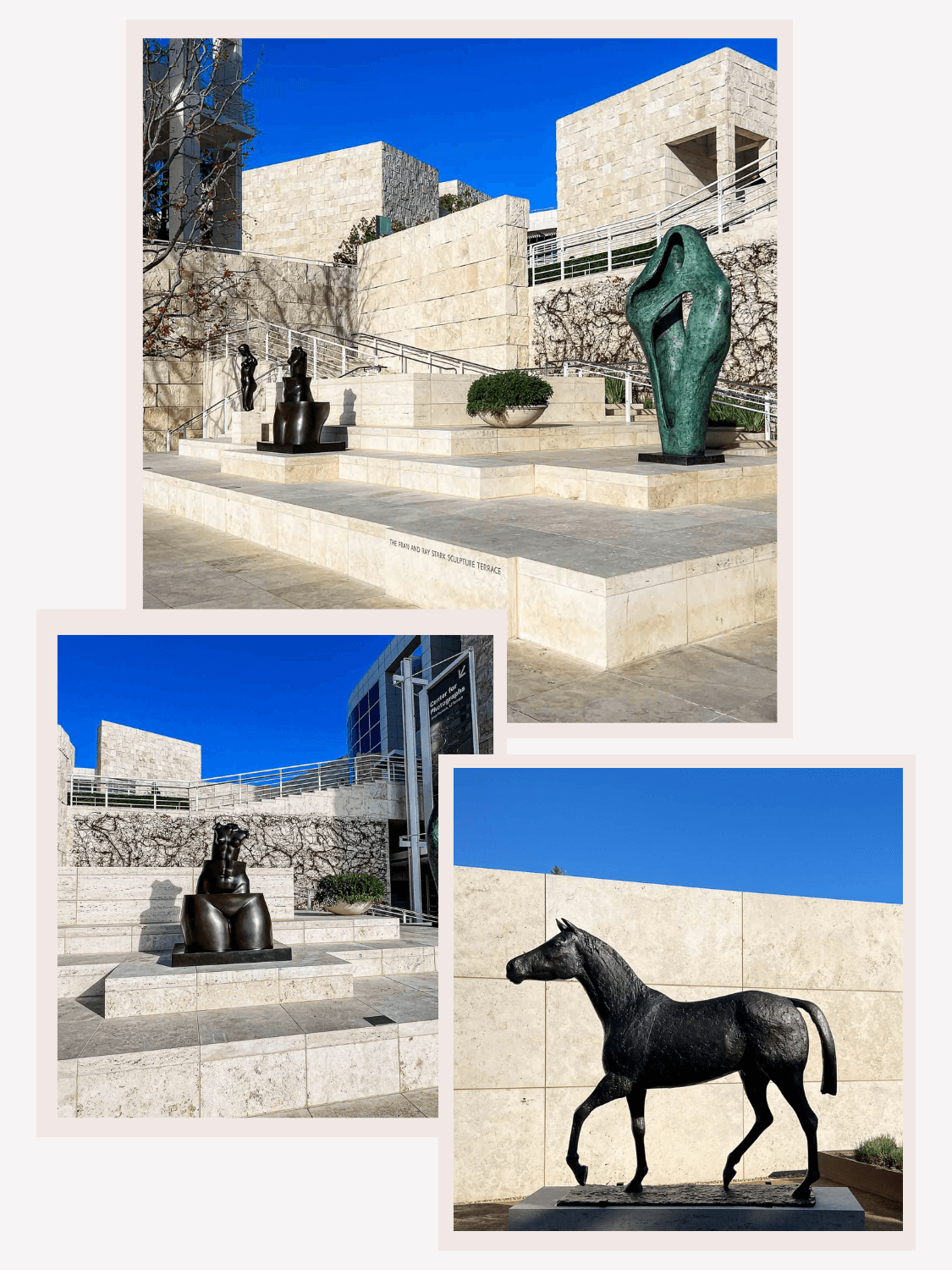 Visit the
Visit the 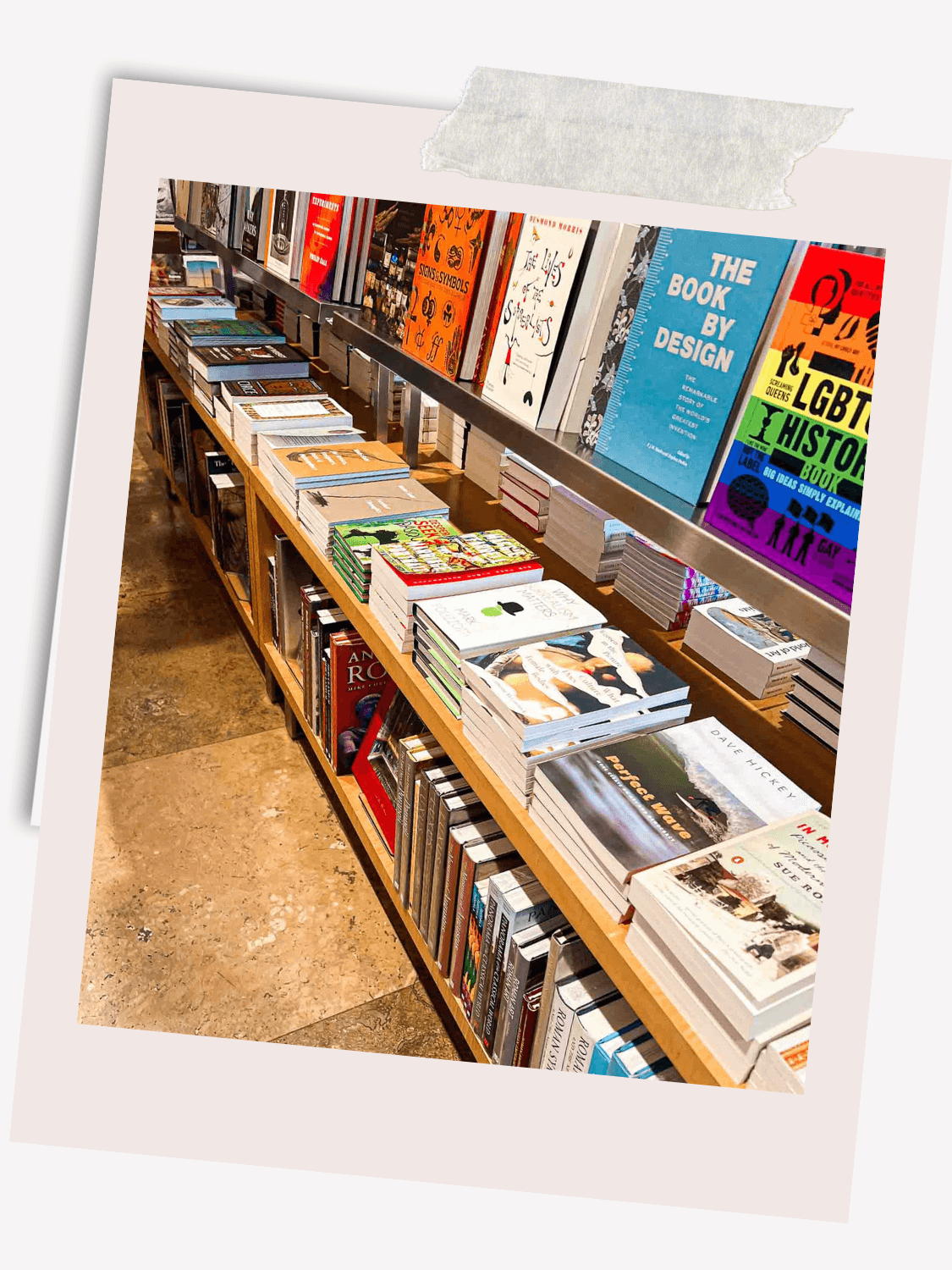 Before you leave, make sure to stop by the Museum Store. It offers a wide range of art books, prints, jewelry, and unique souvenirs that reflect the museum’s collection. It’s a great place to find a memento of your visit or a gift for an art-loving friend.
Before you leave, make sure to stop by the Museum Store. It offers a wide range of art books, prints, jewelry, and unique souvenirs that reflect the museum’s collection. It’s a great place to find a memento of your visit or a gift for an art-loving friend. Dining Options at the Getty Center
Dining Options at the Getty Center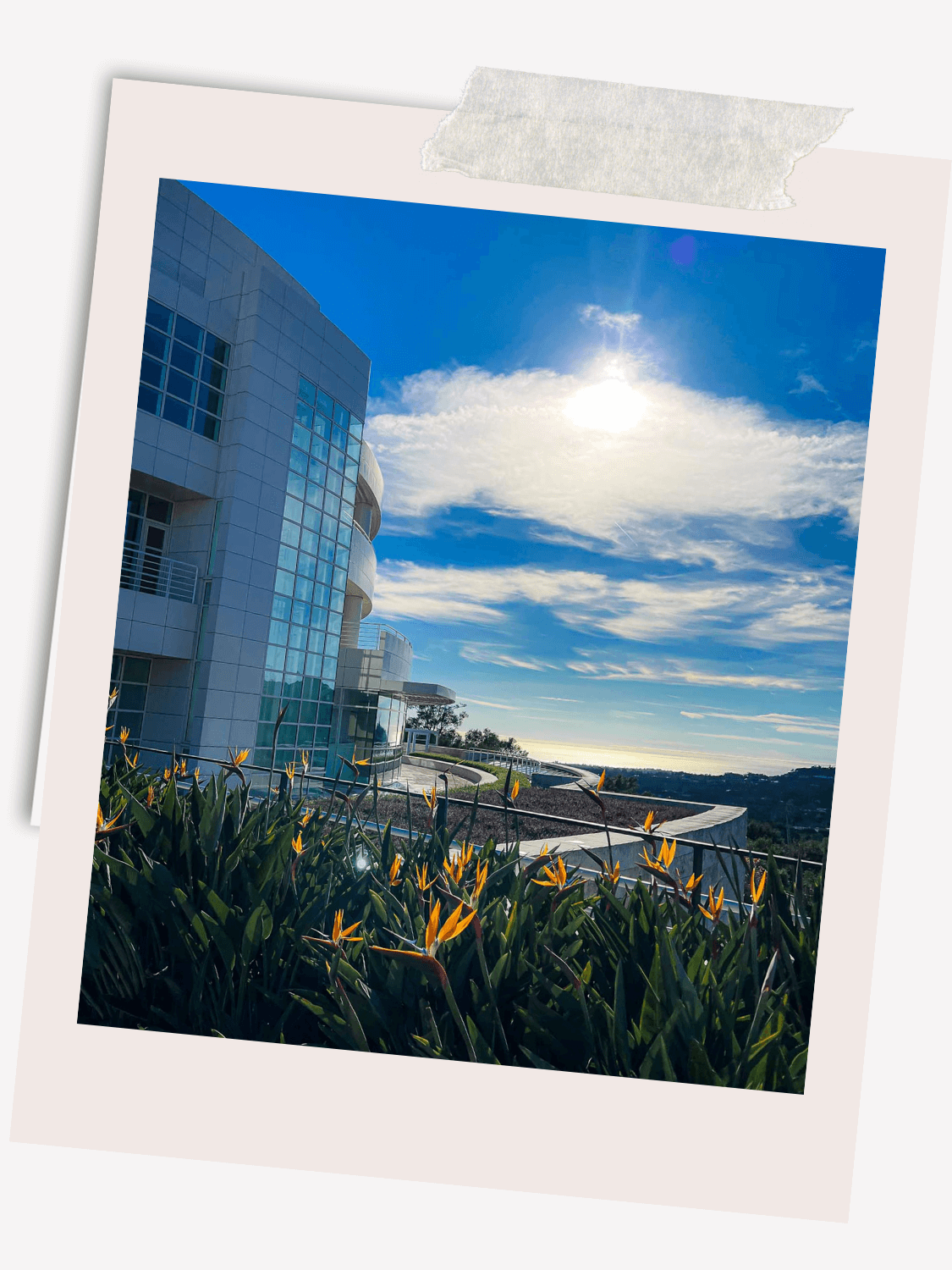 Phone: (310) 440-7330
Phone: (310) 440-7330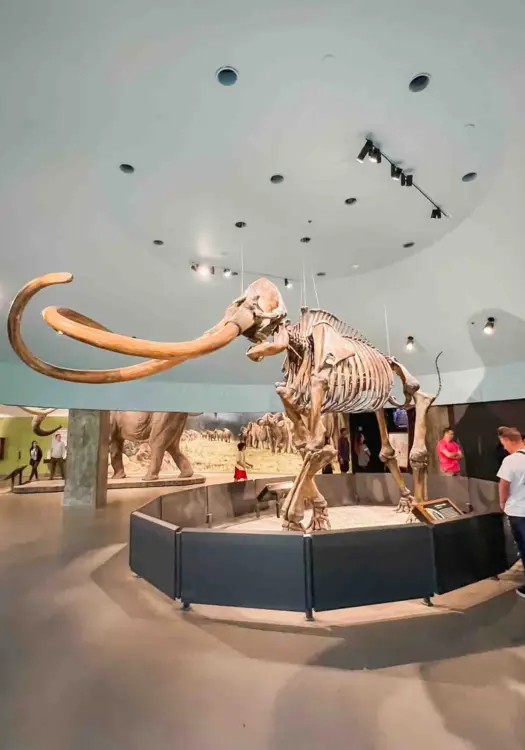 After you visit the Getty Center, take the opportunity to explore other remarkable travel destinations in
After you visit the Getty Center, take the opportunity to explore other remarkable travel destinations in 